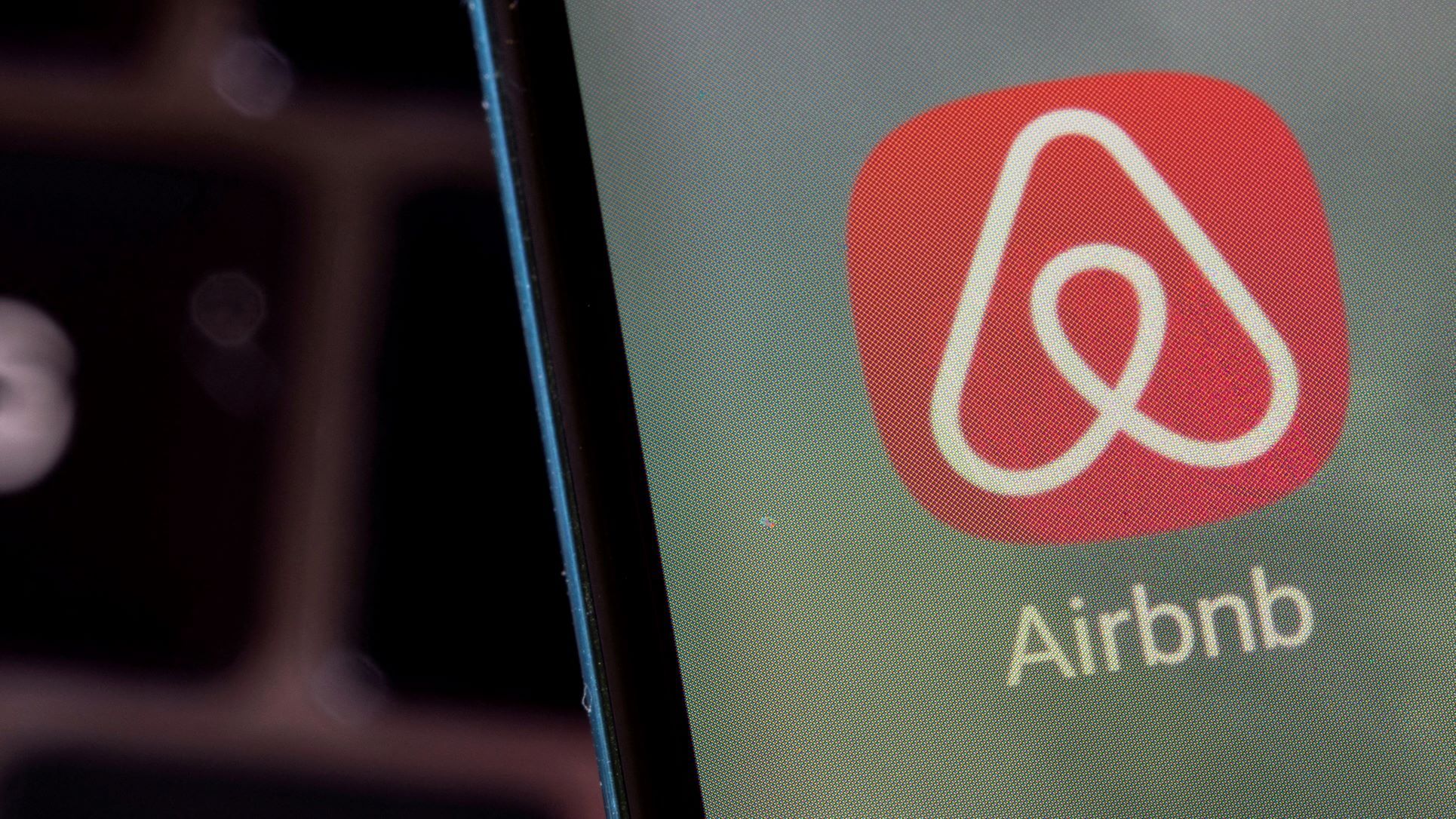Sometimes 'disrupting the market' just means listening to your customers and giving them what they want at the right time.
Consumers Will Transform Your Business, If You Just Listen
Sometimes 'disrupting the market' just means listening to your customers and giving them what they want at the right time.

When people hear the term ‘business transformation’ what springs to mind are the likes of ground-breaking market innovators like Uber and Airbnb. These overused examples have in turn created a somewhat narrow-minded approach to disruption and how successful business transformation can be achieved.
There’s no denying that digital is a main catalyst behind the changing interaction between consumers and brands, forcing businesses to re-align their proposition with higher and constantly shifting expectations.
However at the same time, there’s a massive misconception amongst organisations and consumers alike that Uber and Airbnb as well as Netflix became key disruptors just because of their technology.
A contributor to their growth, yes, but it all started with finding a gap in the market and using technology as a springboard from which to project that great idea.
Business transformation is not born from the most expensive marketing or advertising campaigns and it definitely doesn’t rest solely on that top-down internal restructure or change in company mind-set. Nor can a good idea alone make a product ripe for disruption.
For example, Airbnb had to launch four times, before it caught on and gained recognition as an innovator brand. It was a journey, a process that at the start was failing.
That’s not to say that all the above aren’t conducive or not necessary for business transformation to take shape.
But for disruption of any industry to take hold, a business must turn its attention to its audience, to find out what the consumer wants and when, their expectations when it comes to delivery of that product or service and finally to use this insight to resolve your customers’ problems.
If you can get to the heart of what your audience wants, personalise it and take something off a consumer’s thinking list, you could make your brand indispensable. At the end of the day it’s all about the relationship a brand can create and then grow with their consumers.
Innovation is a highly competitive game and digital transformation is only upping the ante. But once you’ve nailed that audience-centric approach, you’re half way there. That’s when you can start to focus on supporting aspects of technology – to enable those personalised experiences, content – to shape equity and finally internal culture – the main ingredient for any outward change.
For example, take The Sun’s fantasy football league ‘Dream Team’. It originally started as a game, a product, but The Sun realised the most valuable aspect was to build an engaged audience at the centre of the product, all who share a passion for the beautiful game.
In response it built ‘Dream Team FC’, a multi-channel always on engagement platform where players can access great content but also chat amongst themselves.
To achieve this The Sun had to restructure internally, creating a multidisciplinary team to meet the needs of its audience’s changing expectations.
Through its new team skillsets Dream Team is now exploring Facebook’s live video feature, with its coverage of Leicester’s title celebrations garnering a staggering 1.5m viewers throughout the live feed, one of the largest broadcasts in Facebook history.
That said, it’s easy to get blindsided by tech and the incredible advancements that come with digital. But tech is only ever an enabler to a fully integrated experience for your consumer - it won’t dictate what the public wants or where there’s a gap in what seems to be an already over-saturated market.
For that you need to stop looking over your shoulder and instead shift that focus to your business’ audience.
Sports apparel brand Under Armour was nothing but genius when they created an online platform asking consumers to submit their own ideas. Listening to the public shaped much of the brand’s success as an innovator in the sportswear space.
Another plus side to companies listening to their audiences is collating the proof needed to convince CEO’s and CFO’s to green light any internal cultural change or project sign-off to make real an innovative idea.
One innovator that’s not given the credit it deserves is ZipCar, a car sharing service that is constantly researching and then testing new updates on its consumers in order to create an unrivalled product and experience.
A legacy brand or start-up, business transformation begins with an audience-first attitude. The Ubers of this world weren’t busy looking at their competitors and other industry game-changers. They disrupted by giving their consumers exactly what they’d been waiting for at exactly the right time.
Thanks for signing up to Minutehack alerts.
Brilliant editorials heading your way soon.
Okay, Thanks!




